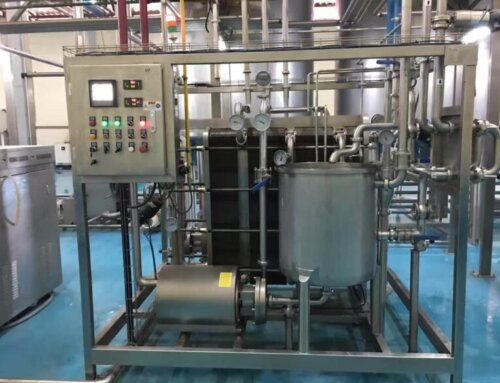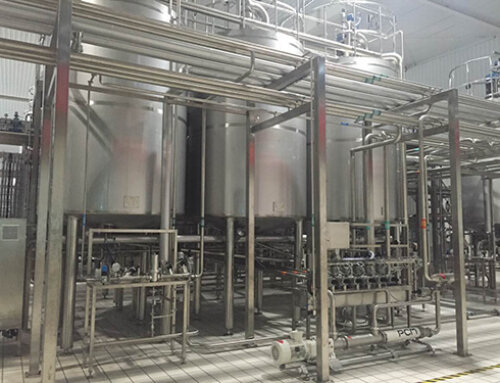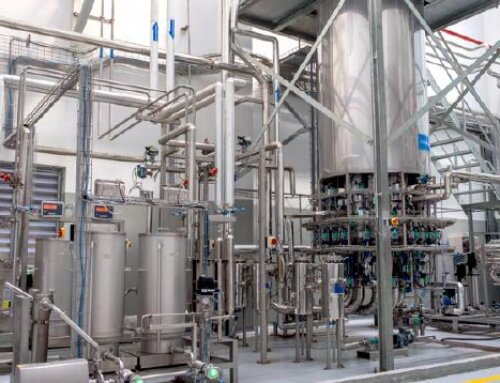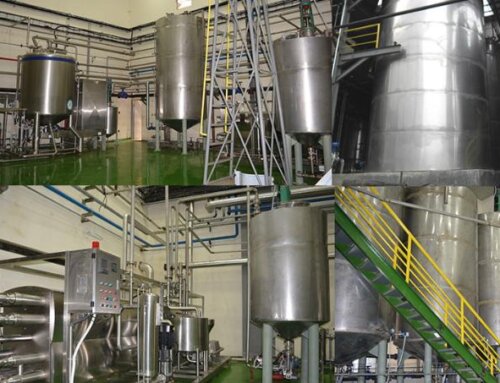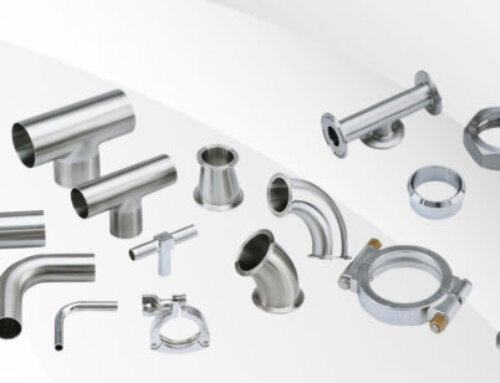Food and Beverage Package Container Feature
With the development of food and beverage packaging technology and the diversification of people’s demand for beverage packaging, the field of food filling and packaging has developed rapidly in the past half-century. The popularity of packaging containers mainly depends on the following factors:
—Safety: This factor is the most basic element that all food packaging containers must meet. Including the safety of packaging materials and the fact that the beverage will not chemically react with the container in the packaging container to endanger human life and health.
—Storage: It refers to the beverage can reach the designated shelf life in the packaging container, during which the physical and chemical properties of the beverage are stable.
—Portable: This means that beverage packaging needs to have a small capacity. When consumers buy beverages in supermarkets, whether they can carry them with them is also one of their considerations.
—Environmental: Environmental protection economy is the general trend in the world, and the environmental protection of beverage packaging mainly refers to that the packaging container can be recycled after the beverage is consumed, and it will not cause pollution to the environment.
—Easy to open: When consumers want to open the package, it is easy and to open. In order to pursue unique and exquisite packaging, some beverage manufacturers design complex caps, which will seriously affect beverage sales.
—Heat resistance: For hot-filled beverages, after the filling is completed, the beverage needs to be secondarily sterilized at high temperature. Therefore, whether the packaging container can withstand high temperatures is also one of the factors that beverage manufacturers choose.
Food and Beverage Package Container Classification
At present, the most common packaging forms in the food and beverage field are paper boxes, PET bottles and glass bottles, metal cans, plastic bags, plastic cups, etc. We will give a brief introduction to the above package:
Aseptic Carton box: The carton packaging is composed of three materials: cardboard, polyethylene and aluminum foil. Generally used as packaging for sterile liquids. Such as milk, NFC juice, etc. This kind of packaging has good airtightness, and the packaged products have a relatively long shelf life. The matching filling machine also needs to reach aseptic conditions. The common packaging forms are Tetra Pak Brick Pack, Roof Pack and Combibloc, Tetra pak pillow, prepack.

Bottles: It is mainly referred to PET/PP bottles or glass bottles, and in recent years, aluminum bottles are also used for packing juice. Bottle packing is the most common package in the beverage field, it can pack fruit juice, milk, beer, wine, drinking water, carbonated drinks. Because the cost of the bottle is relatively low, recyclable, the packaging is exquisite, and the filling technology is relatively simple, it is loved by the majority of beverage manufacturers and consumers. Beverage in bottles can also have a long shelf life of about 12 months with suitable sterilizing and filling technology.

Metal cans: Metal cans divide into tin plate cans and aluminum cans. Tinplate cans are mainly used for packing fruit juice, porridge, vegetable protein drinks, and aluminum cans are suitable for carbonated drinks, beer packaging. Canned drinks are small and exquisite. Moreover, the metal can has good air-tightness and no light transmission, and the storage of the product has been very stable. In order to reduce the cost of beverages, some merchants now use plastic cans to package beverages.

Plastic pouches: This kind of plastic bag is generally made of PE, PET and other materials. It can be used for packing juice, pure water, milk, tomato sauce, fruit or milk powder. The common package are four-side sealed sachets, doypack/stand-up bags, pouches. The plastic bag package is low-cost packing material, but the shelf life is not very long, such as milk in pouches only have 3-5 days shelf life.

Plastic cups: the plastic cups are made of HDPE or PS material. It is usually used for packing yogurt, RTD juice drinks. Products in cups do not have a long shelf life, but the material cost is low.
